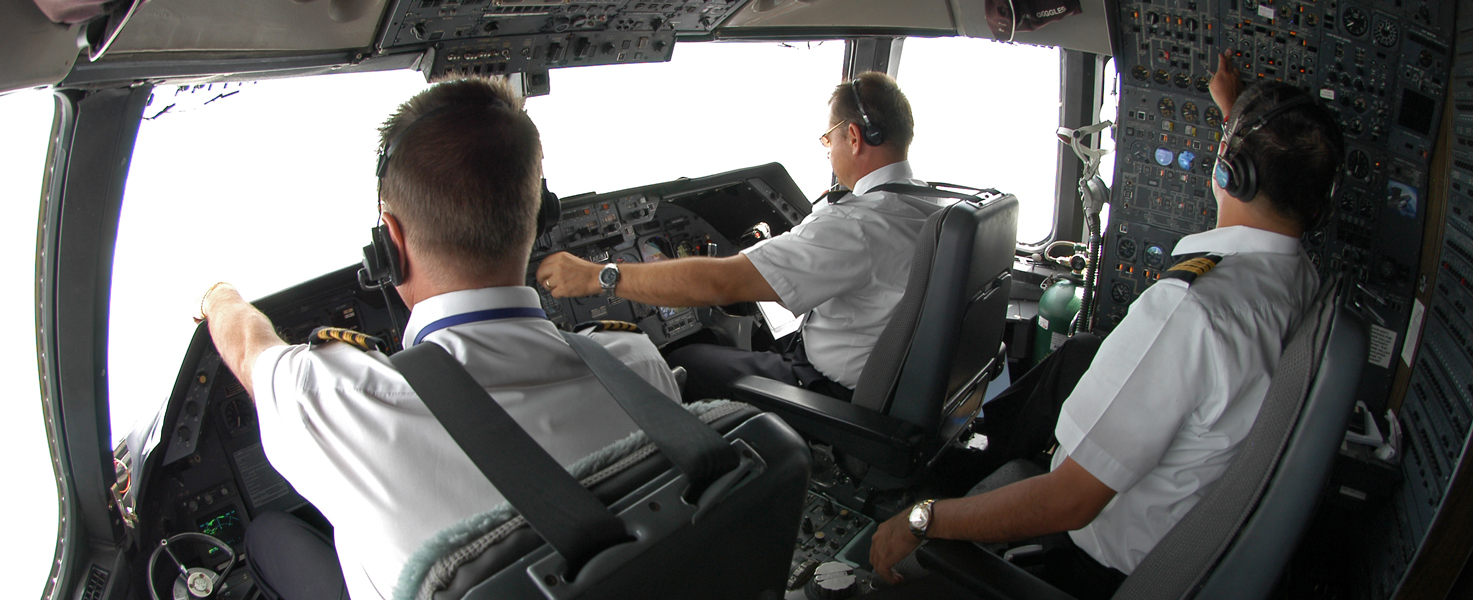Operational performance monitoring is one of the principle tasks of the NAT CMA. This constitutes the collection, analysis and recording of operational deviations and determining the effect of such deviations on separation and the operational system risk.
The primary source of operational safety reports are the air traffic control units responsible for the Oceanic Control Areas (OCAs) in the region, augmented by operator reports as available. The reports are reviewed by the CMA and an initial summary of the circumstances is posted (in the secure area) to provide an overview of recently reported incidents to accredited individuals . Investigation is carried out by the reporting ANSP (“reporting agency”) who contact the aircraft operator to seek a response as to the contributory factors and their proposals to reduce the possibility of recurrence.
Although the ANSPs conduct their investigations and post-event actions with similar objectives, the actual processes vary between ANSPs, as do the reports received from operators in response to an occurrence report. Such investigations are undertaken from the ANSP perspective and take account of ATC factors contributing to an event and it’s resolution. To ensure that reported events receive a standard review by subject-matter experts in flight operations, engineering, dispatch, human factors and air traffic control the CMA convenes a bi-annual scrutiny group. This reviews each recorded deviation event and determines the risk dimensions (distances, times and actual separations) which are used by the mathematicians in their risk assessment process whereby the overall level of risk is measured against the appropriate Target Level of Safety (TLS) or Required Navigational Performance standard. The TLS is determined by ICAO and depends on satisfactory aircraft height-keeping performance and measurement of risk associated with operational errors.
Reportable Occurrences include:
- Gross Navigation Errors (25NM or more deviation from cleared route)
- Lateral Deviations of Less than 25NM
- ATC Interventions to Prevent Lateral Deviations
- Large Height Deviations (300ft or more above or below assigned Flight Level)
- Erosion of Lateral or Longitudinal Separation
- Time Errors (3 mins or more between estimated and actual time at a boundary or waypoint)
- Speed Errors – any change of Mach No. or speed that results in a Time Error as above
- Air Traffic Control inter-agency coordination errors
- Communications failures
- Non–approved (MNPS and/or RVSM) or inappropriately equipped aircraft flying at RVSM levels
- Diversions & Turnbacks
- Adoption of a published contingency procedure
